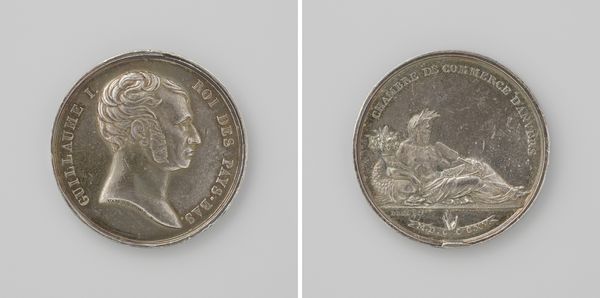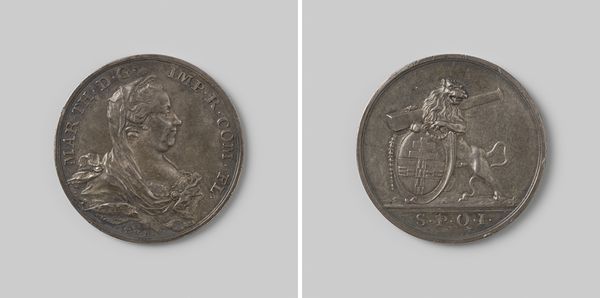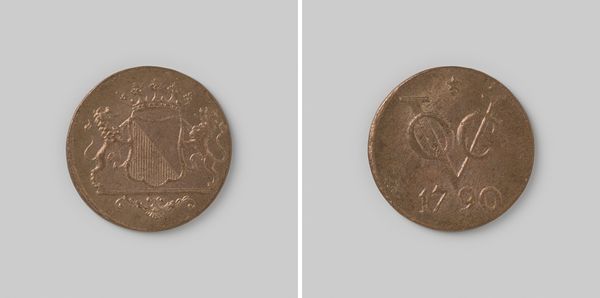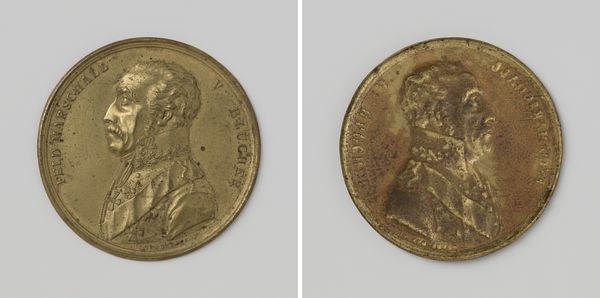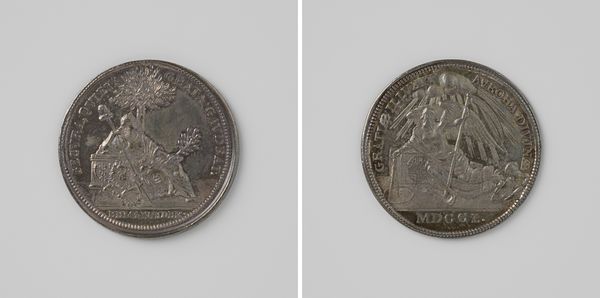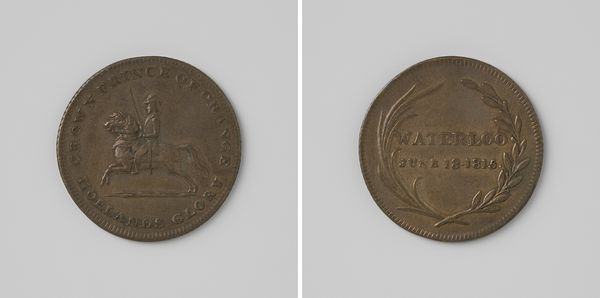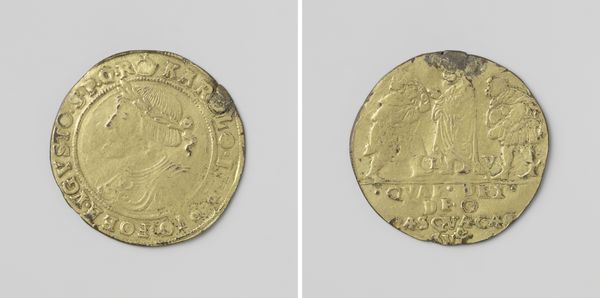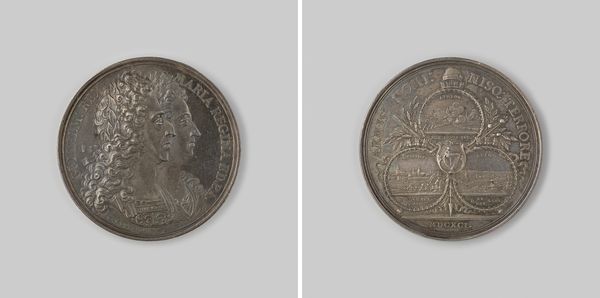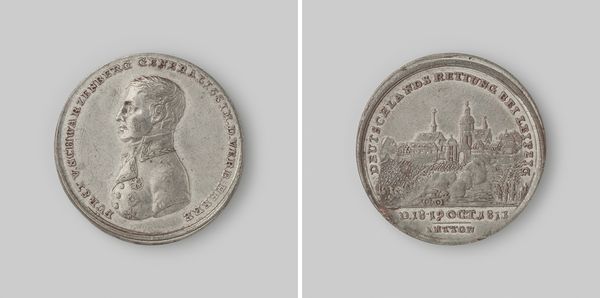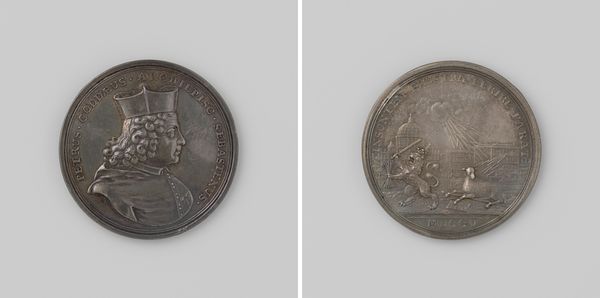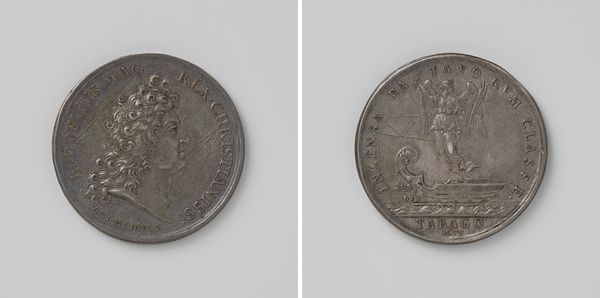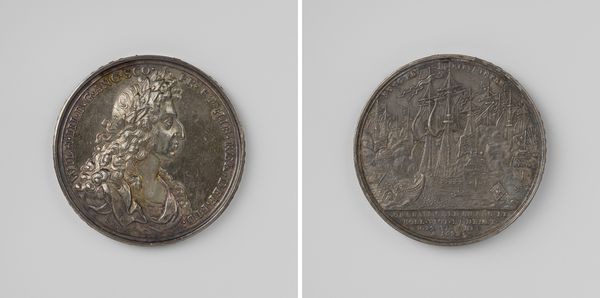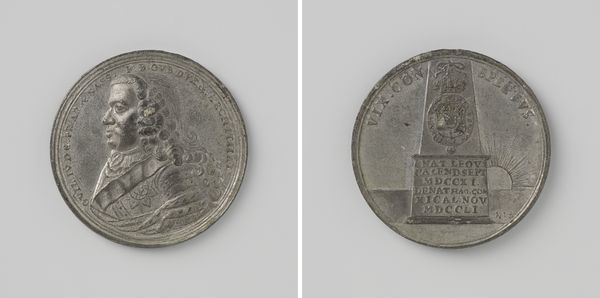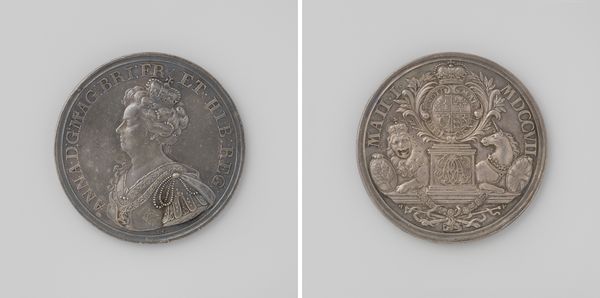
metal, relief, bronze, engraving
portrait
medal
baroque
metal
relief
bronze
history-painting
engraving
Dimensions: diameter 3.6 cm, weight 12.20 gr
Copyright: Rijks Museum: Open Domain
Editor: Here we have "Overlijden van Maria II van Engeland," or the Death of Mary II of England, a bronze medal from 1695. It’s fascinating how such detail is captured on something so small. One side shows a portrait, the other, an allegorical scene of her death. What significance would this medal have held in its time? Curator: Medals like these served as potent instruments of public memory and political messaging. They weren’t just commemorative; they were carefully crafted narratives circulated amongst the elite and even more broadly, acting as propaganda in a time before mass media. Think about the imagery itself: the portrait reinforces Mary's legitimacy, while the death scene...what do you make of that side? Editor: It’s a bit hard to decipher, but it looks like mourning figures surrounding a tomb, or perhaps an altar. There’s definitely a sense of somber reverence, and the Latin inscription adds to that feeling of solemnity. Curator: Exactly. This wasn’t just about remembering Mary; it was about shaping her legacy. The inscription, the allegorical figures, the overall composition – it all speaks to a specific construction of Mary as a virtuous and beloved ruler, strategically presented to the public. Editor: So, the medal isn't just a historical artifact, but an active participant in the political landscape? Curator: Precisely. It's a material object that embodies a specific interpretation of power and history, one carefully curated for public consumption and to reinforce existing power structures. These medals give insight into how those in power seek to control the narrative. Editor: It's amazing to think about how much this small object reveals about the socio-political climate of the time. It really changes how I see medals – they’re not just collectibles, but historical arguments. Curator: And it reminds us that history is always being interpreted and presented, and even these seemingly innocuous objects play a role in that process.
Comments
No comments
Be the first to comment and join the conversation on the ultimate creative platform.
